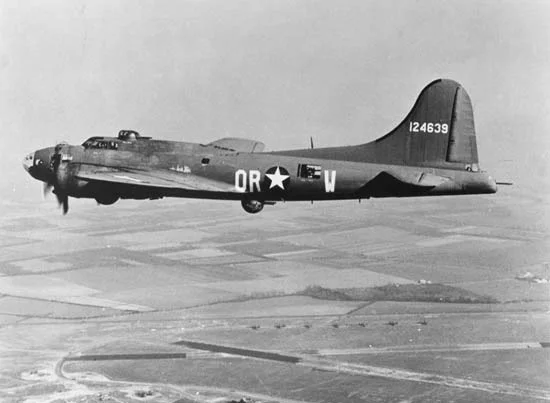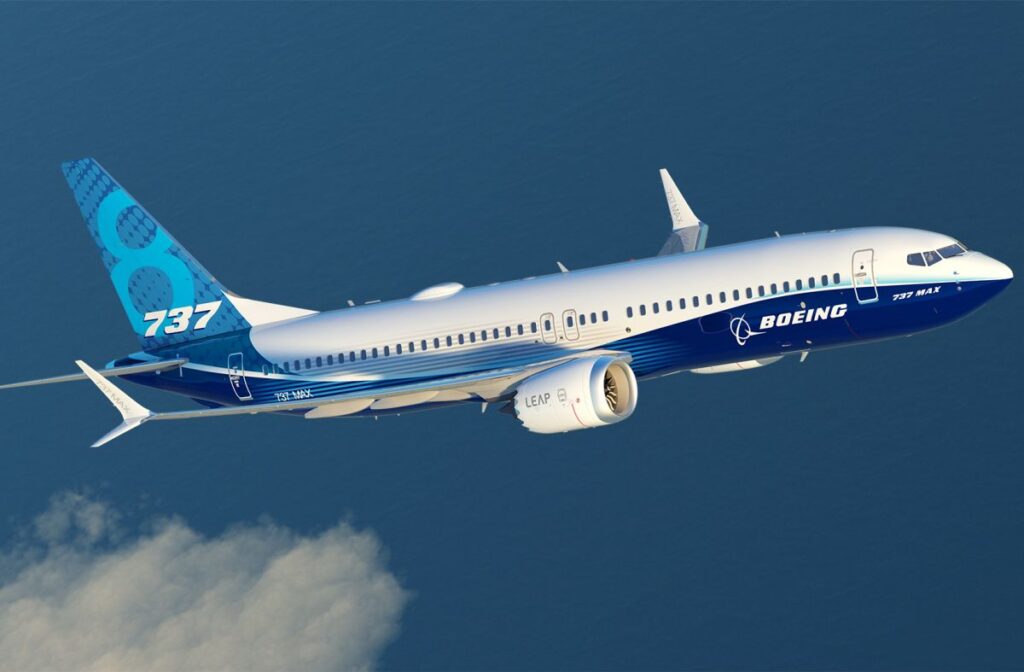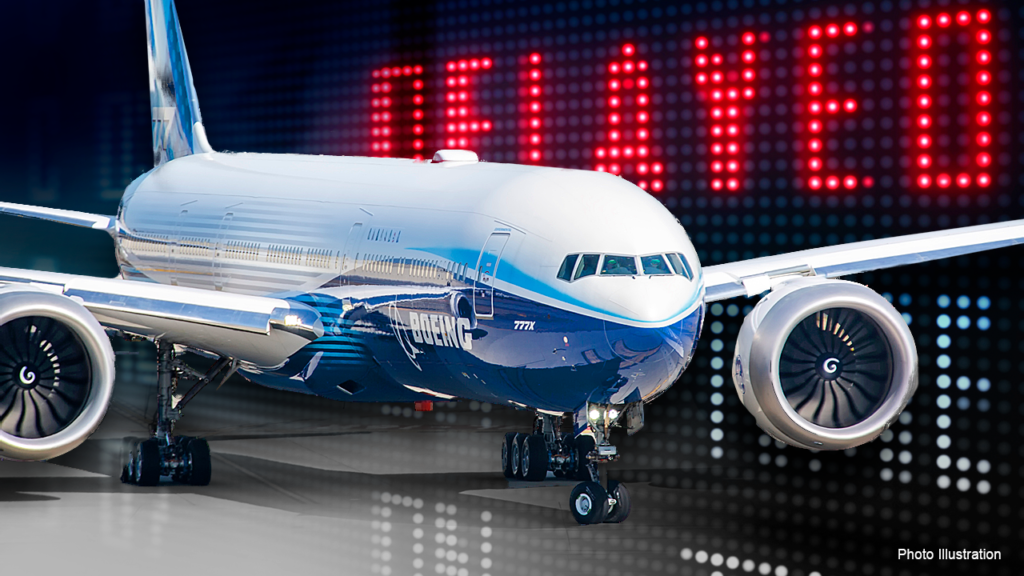For over a century, Boeing Company has been synonymous with aviation innovation, excellence, and progress. As one of the world’s largest aerospace manufacturers, the company has left an indelible mark on the industry, from the introduction of the first commercial jet airliner to the development of advanced space systems. However, despite its illustrious history, Boeing Company has also faced a number of setbacks and controversies in recent years, ranging from the 737 Max crisis to the COVID-19 pandemic. In this blog post, we will explore the rise, fall, and future of Boeing Company, including its key achievements, challenges, and prospects.
Early Days of Boeing Company
Founding and Early Years of Boeing Company
Boeing Company was founded in Seattle, Washington in 1916 by William E. Boeing and George Conrad Westervelt. Originally called Pacific Aero Products Co., the company started as a small aircraft manufacturer, producing seaplanes for the US Navy. In 1917, the company changed its name to Boeing Airplane Company and began producing its first commercial airplane, the Model C. Throughout the 1920s and 1930s, Boeing became a leading producer of military and commercial aircraft, including the B-17 Flying Fortress bomber and the Boeing 247 airliner, which was the first all-metal passenger plane.

Boeing’s Military Contracts and Innovations
In addition to its commercial success, Boeing also played a crucial role in the US military’s aviation programs. During World War II, Boeing produced a wide range of military aircraft, including the B-29 Superfortress, which dropped atomic bombs on Japan. In the post-war era, Boeing continued to innovate and produce advanced military planes, such as the B-52 bomber, the KC-135 tanker, and the F-15 and F-18 fighter jets. These military contracts not only helped sustain Boeing’s business during periods of economic turbulence but also enabled the company to develop cutting-edge technologies and manufacturing processes.

Boeing’s Role in Commercial Aviation
Contribution to Commercial Aviation
Boeing’s contribution to commercial aviation is perhaps its most enduring legacy. The company’s introduction of the 707 jetliner in 1958 revolutionized air travel, making it faster, more comfortable, and more accessible to a wider range of passengers. This was followed by other iconic models, such as the 727, 737, 747, and 787 Dreamliner, which further cemented Boeing’s dominance in the commercial aviation industry. Boeing’s commitment to innovation and quality helped set the standards for modern air travel, including safety features, in-flight amenities, and fuel efficiency.
Development of Iconic Aircraft Models
Boeing’s success in commercial aviation is due in part to its ability to develop and produce iconic aircraft models that meet the changing needs of the market. For example, the 747 jumbo jet, introduced in 1970, was designed to meet the growing demand for long-haul air travel and larger passenger capacities. Similarly, the 737, which first entered service in 1968, quickly became the world’s most popular narrow-body airliner, thanks to its efficiency, reliability, and versatility.
Boeing’s continued investment in research and development has allowed it to stay ahead of its competitors in terms of innovation and performance.
Boeing’s Diversification and Expansion
Diversification into Defense, Space, and Technology
Over the years, Boeing has diversified its operations beyond commercial aviation, entering into new markets such as defense, space, and technology.
In the defense sector, Boeing has produced a wide range of military planes, missiles, and other advanced systems, as well as providing services such as logistics and maintenance. while in the space sector, Boeing has been involved in the development of numerous NASA programs, including the Space Shuttle and the International Space Station.
In the technology sector, Boeing has invested in areas such as cybersecurity, data analytics, and artificial intelligence, with the aim of staying at the forefront of innovation.
Acquisition of McDonnell Douglas and Other Companies
Boeing’s diversification strategy has been partly achieved by acquiring other companies. In 1997, Boeing merged with McDonnell Douglas, a move that allowed it to expand its defense and space business lines. In the years that followed, Boeing also acquired other companies, such as Hughes Electronics and Jeppesen, which strengthened its position in the satellite and navigation markets. However, these acquisitions have also brought challenges, including the integration of different corporate cultures, the management of complex supply chains, and compliance with regulatory and ethical standards. Boeing’s diversification strategy has also faced competition from other players in the aerospace industry, such as Airbus, Lockheed Martin, and SpaceX. Therefore, Boeing needs to constantly innovate and adapt to changing customer needs and market conditions.
The 737 Max Crisis and its Aftermath

The 737 Max Crisis: Causes and Consequences
In 2018, Boeing suffered a major setback when two of its 737 Max airplanes crashed, killing all passengers and crew onboard. Investigations later revealed that the crashes were caused by a design flaw in the aircraft’s automated system, which led to the planes’ nose-diving. The crisis led to the grounding of all 737 Max airplanes, a significant blow to Boeing’s commercial aviation business. The company faced lawsuits, regulatory investigations, and a loss of public trust, which threatened to tarnish its reputation and affect its long-term prospects.
Boeing’s Response to the Crisis and Regulatory Scrutiny
Boeing responded to the 737 Max crisis by acknowledging its responsibility and taking steps to address the design flaw. The company worked with regulatory bodies, including the Federal Aviation Administration (FAA), to develop a software fix for the automated system and implement new pilot training programs. However, Boeing faced criticism for its handling of the crisis, with some stakeholders questioning the company’s commitment to safety and transparency. Boeing also faced regulatory scrutiny, with the FAA conducting a review of the company’s safety culture and practices.
The COVID-19 Pandemic and Its Impact on Boeing

The COVID-19 Pandemic and the Aviation Industry
In 2020, the aviation industry was hit hard by the COVID-19 pandemic, which led to a sharp decline in air travel demand. Airlines were forced to cancel flights, furlough employees, and cut costs, leading to a ripple effect throughout the industry. Boeing, which relies heavily on the success of its commercial aviation business, was particularly affected by the pandemic. The company saw a significant drop in orders for new planes, with many airlines deferring their purchases or canceling them altogether.
Boeing’s Financial Losses and Layoffs
The COVID-19 pandemic and the 737 Max crisis had a significant impact on Boeing’s financial performance. The company reported a net loss of $11.9 billion in 2020, its largest-ever annual loss. Boeing was forced to cut costs, including reducing its workforce through layoffs and voluntary buyouts. The company also suspended its dividend and halted share buybacks, as it looked to preserve cash in the face of uncertain market conditions.
Boeing’s Current Challenges and Future Prospects
Current Challenges Facing Boeing Company
Boeing faces a number of challenges in the current market, including the ongoing impact of the COVID-19 pandemic, ongoing regulatory scrutiny, and competition from rival aircraft manufacturers. The company is also facing technical and production issues with its 787 Dreamliner, which have led to delays and quality control problems. Boeing is working to address these challenges by implementing cost-cutting measures, enhancing its safety culture, and investing in research and development.
Future Prospects and Opportunities
Despite its challenges, Boeing remains well-positioned to benefit from the long-term growth of the aviation industry. The company has a strong backlog of orders for its commercial airplanes, and it continues to invest in new technologies, such as electric and autonomous flight. Boeing is also exploring opportunities in new markets, such as urban air mobility and space tourism. As the global economy recovers from the COVID-19 pandemic, Boeing is expected to see increased demand for its planes, which should help to drive its long-term growth and success.



0 Comments